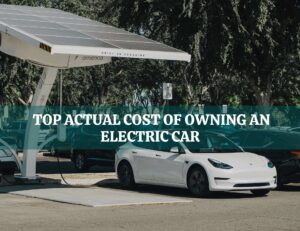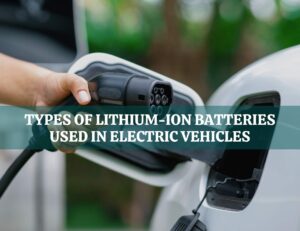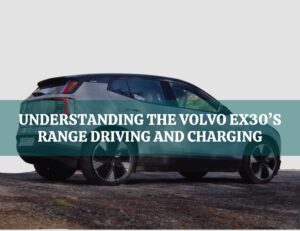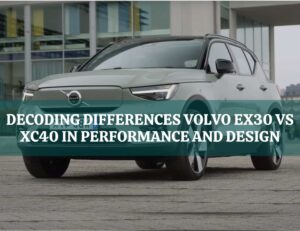The price to buy them is higher. Although initially more expensive than vehicles with combustion engines, electric automobiles are far cheaper than gasoline-powered vehicles. Here is a quick overview of how much electricity your electric car will require and how it will affect your wallet.
The energy consumption of an EV is affected by the vehicle, the driver, and the weather (just like with any other vehicle). A large family station wagon uses far more electricity than a small electric vehicle, yet travelling to work in the city centre is much more efficient than doing so at highway speeds.
Seasonal changes have a significant effect on consumption as well because cold climates have higher electricity needs. A battery’s charge is reduced by heating and cooling.
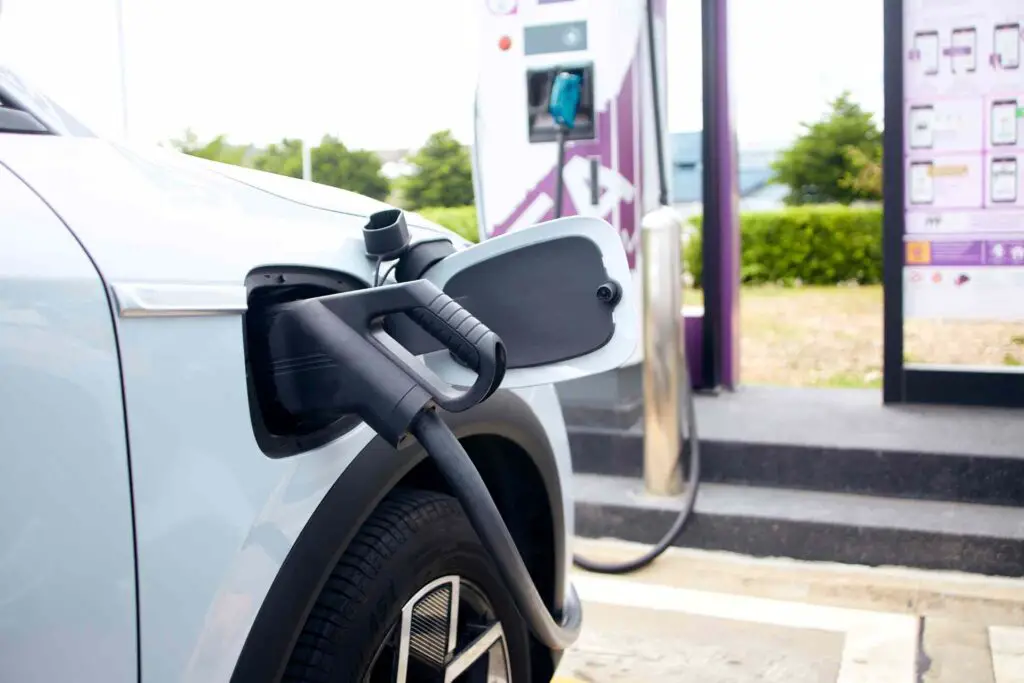
On days with good weather, the consumption may even be as low as 0,15 kWh, although, in most nations, the yearly average is more in the range of 0,2 kWh. To illustrate the consumption, let’s use the year-driving kilometres of a typical Finnish driver since we are a Finnish firm at heart. In Finland, the average annual mileage is a little over 16 800 kilometres. This equals about 47 kilometres of driving per day. Electric mobility is becoming increasingly popular worldwide, perhaps despite the energy crisis.
Electric mobility is an appealing alternative for many, despite rising energy costs. Electricity prices are still more stable and fluctuate less than gasoline or diesel prices. Today, charging an EV at home is the most commonplace, but how does this affect your electricity usage and, subsequently, your energy bill? How effective are they because 65% of EV owners believe energy efficiency is the most crucial consideration when buying an EV home charger?
How much electricity does an electric car use?
According to the mode and home charger, electric car charging at home typically uses 7,200 watts (W) of electricity. Most electric car chargers connect to a 240-volt outlet in your home’s breaker box and require between 32 and 40 amps.
The most significant determinant of how much electricity your electric vehicle (EV) requires to charge over time is how frequently you use it. According to data from fueleconomy.gov, EVs use an average of 0.35 kilowatt-hours (kWh) per mile driven, compared to the 14,000 miles 38.4 miles per day is nearly comparable to 14,000 miles each year. It takes roughly 13.4 kWh of electricity per day to charge an EV at home using a level 2 charger. This translates to 93.8 kWh per week of driving or one week’s worth.
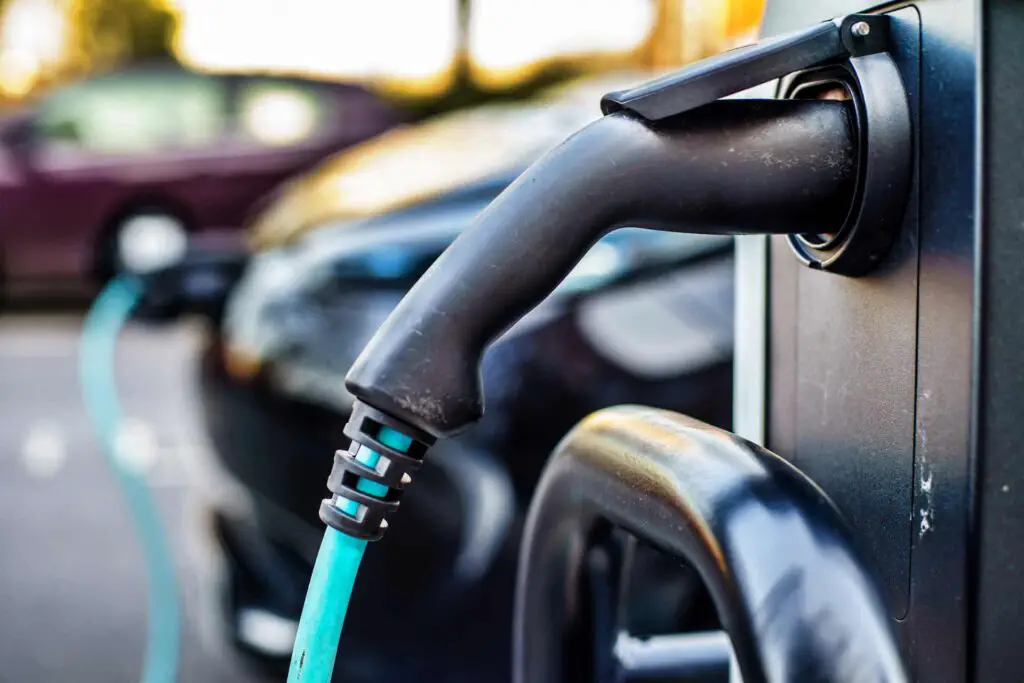
That represents an average monthly electricity use of 406.5 kWh.
Model cars have varying kWh per mile ratings and use different amounts of electricity. Here is how much electricity you’ll consume in a year in automobiles with various kWh/mile ratings, assuming you travel 14,000 miles annually like the average American.
What do A and Ah mean?
Ampere and ampere-hours are represented by the letters “A” and “Ah.” Electrical current is measured in amps.
When current is multiplied by time, the result is measured in amp-hours. It can describe how much current is generated, used, or capable of being generated or consumed. It is frequently used to indicate the amount of current, also known as “battery life,” a battery can deliver in an hour.
The battery life is expressed in hours when amp hours are divided by amps. A 4Ah battery has a capacity of 4 amps for an hour and eight amps for 30 minutes. While widely used to gauge the battery capacity of smaller electricals, amp-hours are rarely employed in the context of electric vehicles.
More people are likely to use the phrases kilowatt and kilowatt-hour.
What do kW and kWh mean?
Kilowatts and kilowatt-hours are abbreviations for these units. Watts are a measure of power. It represents the sum of the amps and the voltage, or the volume of electrons and the potential difference in charge between two sites in an electrical field (Amperage). Watts are used to measure how much power flows through a specific power source.
There are 1,000 watts in a kilowatt (kW). The quantity of energy used in a particular period is measured in kilowatt-hours (kWh). Kilowatt-hours are typically used to express battery capacity for electric vehicles. The fuel tank in an electric car is comparable in size to that in a gasoline or diesel vehicle.
How much electricity does an EV home charger use?

Depending on the size of your EV’s battery and how you drive, a home EV charger may require a specific quantity of electricity. Simply said, you will use less electricity than someone who goes a lot if you don’t. This makes it challenging to provide a precise figure suitable for everyone. We can look at the average values to give you a broad but reasonably accurate idea.
A simple way to determine how much electricity it takes to charge an e-car & its cost
- Find the battery size of your e-car (in kWh). Eg.,75 kWh
- Take note of the certified range of your EV or the typical range that your current electric vehicle provides. Eg.,450 km
- Check the price of power in your city or state. Subsidized rates for EV charging are available in many forms, like Delhi, where a unit costs Rs. 4.5.
- Multiply the battery size by the price of electricity per kilowatt-hour (or kWh). E.g.,4.5*75=Rs.337.5
- Optional: Consider the charging efficiency (85% for home charging, 95% for DC fast charging). E.g.,(337.5/85)*15=Rs.59.6 (extra cost from the energy lost during home charging) (additional charge from the energy lost during home charging).
- Add points 4 and 5. For instance, fully charging your 75 kWh battery from 0% to 100% would cost 337.5 + 59.6 = Rs. 397.1.
- To figure out costs in kilometres: By the EV’s range, divide the total cost (point 6) (Point 2). Eg.,397.1/450=Rs.0.88 per km.
Conclusion
The majority of EVs have a 100 km range of 15 kWh. They use relatively less energy because of their low energy loss. An electric automobile turns 85% or more of this energy into a driving force, whereas petrol and diesel engines can only do so to a maximum of 35%.
Vehicle mass & battery capacity have a tight relationship. Electric automobiles gain 15 kg in weight, 40–50 km in driving range, and 0.7–1.0 kWh/100 km in energy consumption for every 10 kWh increase in battery capacity. Modern, widely distributed electric vehicles are more effective than older, locally produced models.




